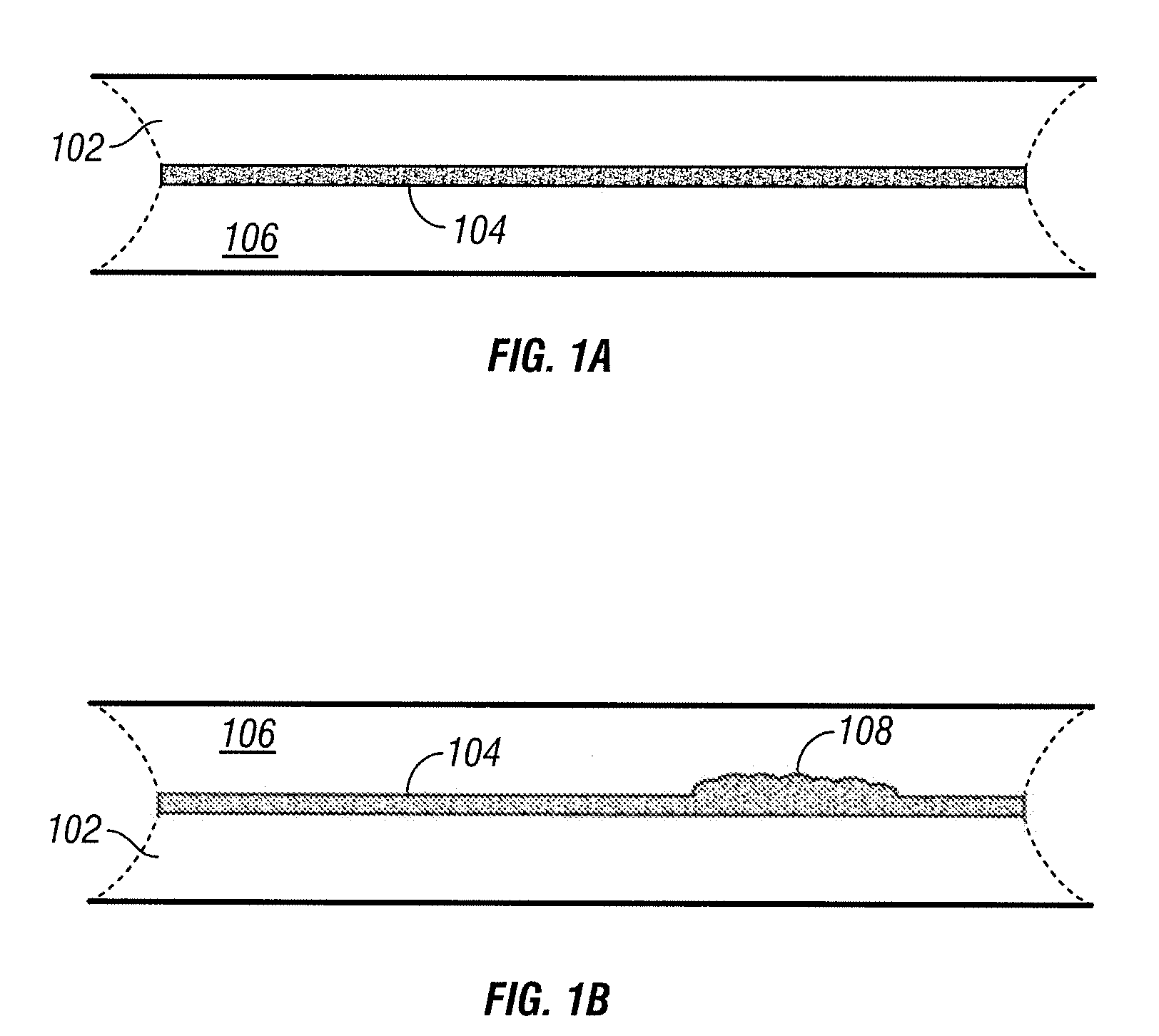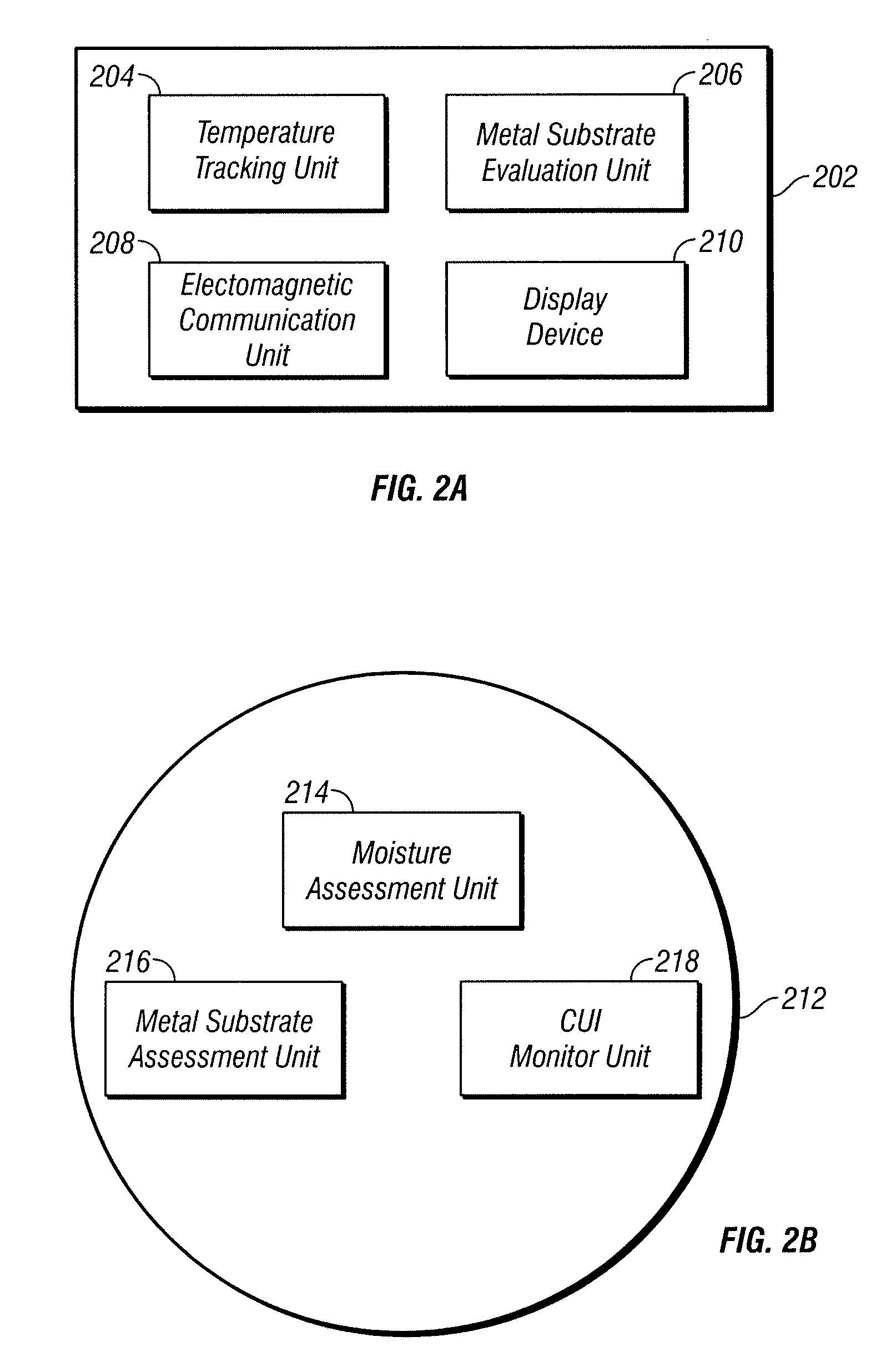Method and System for Detecting Corrosion Under Insulation
a technology of corrosion detection and insulation, applied in the field of thermal imaging systems, can solve the problems of shortening the lifespan of expensive industrial infrastructure, increasing the corrosion attack, and affecting the efficiency of industrial infrastructure,
- Summary
- Abstract
- Description
- Claims
- Application Information
AI Technical Summary
Benefits of technology
Problems solved by technology
Method used
Image
Examples
Embodiment Construction
[0012]The description that follows includes exemplary systems, methods, and techniques that encompass several different embodiments of the presently inventive subject matter. However, it will be understood by those of ordinary skill in the pertinent arts that the disclosed embodiments may be practiced in the absence of one or more of the specific details described herein. In other instances, well-known manufacturing equipment, protocols, structures and techniques have not been shown or described in detail in order to avoid obfuscation in the description.
[0013]Embodiments of the inventive subject matter integrate equipment, automation, and algorithms to form a method for identifying wet thermal insulation by scanning multiple locations along insulated piping, tanks, or other manufacturing equipment. In various embodiments, such scans can occur individually, sequentially, or simultaneously, with the results then being stored and comparatively analyzed.
[0014]Further embodiments compris...
PUM
 Login to View More
Login to View More Abstract
Description
Claims
Application Information
 Login to View More
Login to View More - R&D
- Intellectual Property
- Life Sciences
- Materials
- Tech Scout
- Unparalleled Data Quality
- Higher Quality Content
- 60% Fewer Hallucinations
Browse by: Latest US Patents, China's latest patents, Technical Efficacy Thesaurus, Application Domain, Technology Topic, Popular Technical Reports.
© 2025 PatSnap. All rights reserved.Legal|Privacy policy|Modern Slavery Act Transparency Statement|Sitemap|About US| Contact US: help@patsnap.com



